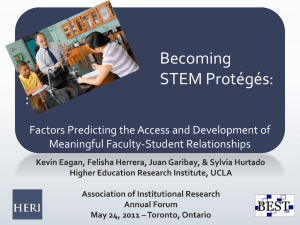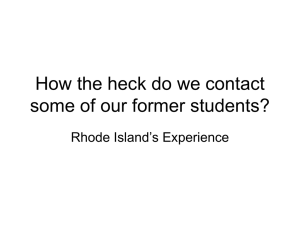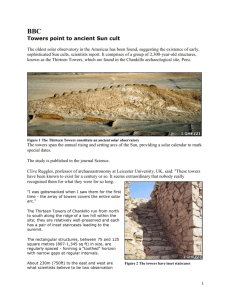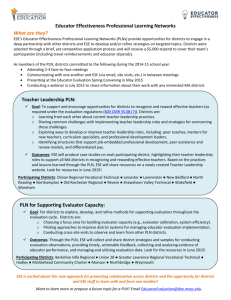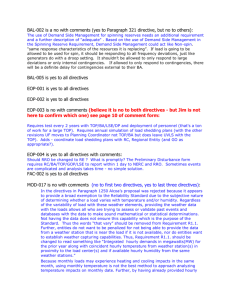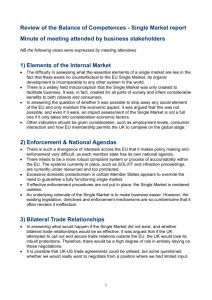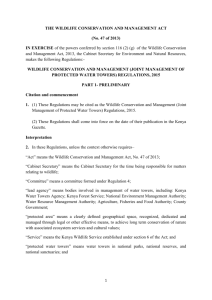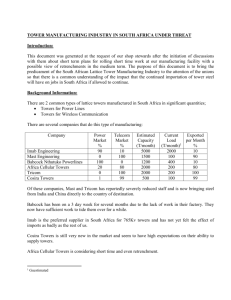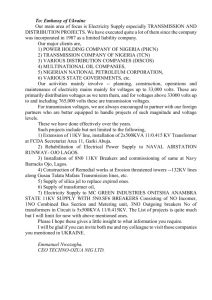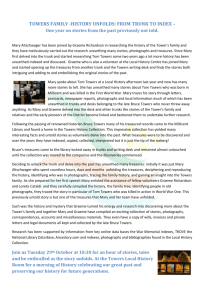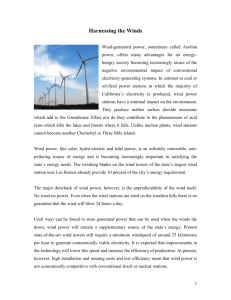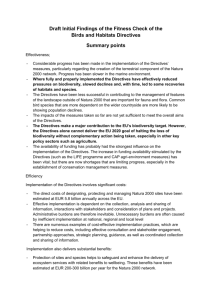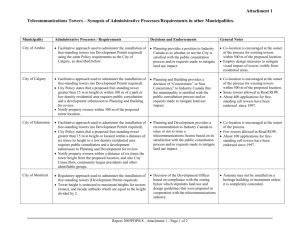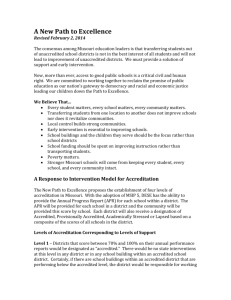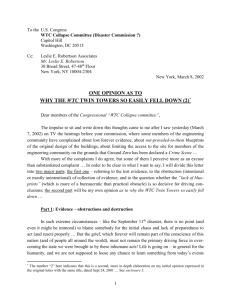What Can Teachers Do?
advertisement
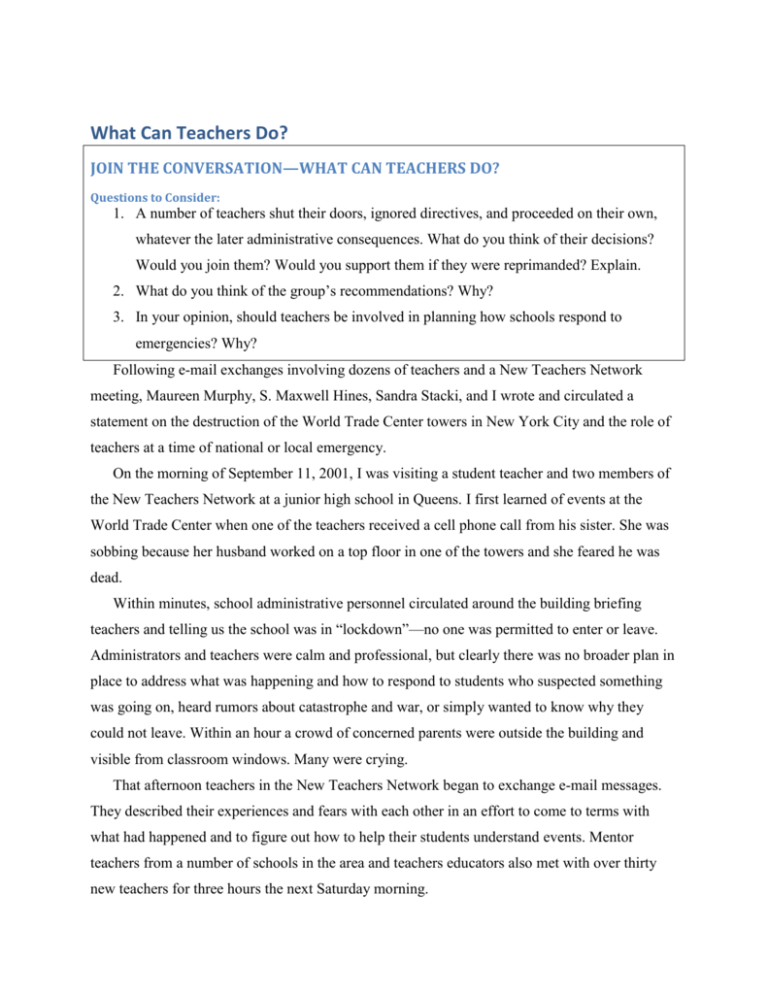
What Can Teachers Do? JOIN THE CONVERSATION—WHAT CAN TEACHERS DO? Questions to Consider: 1. A number of teachers shut their doors, ignored directives, and proceeded on their own, whatever the later administrative consequences. What do you think of their decisions? Would you join them? Would you support them if they were reprimanded? Explain. 2. What do you think of the group’s recommendations? Why? 3. In your opinion, should teachers be involved in planning how schools respond to emergencies? Why? Following e-mail exchanges involving dozens of teachers and a New Teachers Network meeting, Maureen Murphy, S. Maxwell Hines, Sandra Stacki, and I wrote and circulated a statement on the destruction of the World Trade Center towers in New York City and the role of teachers at a time of national or local emergency. On the morning of September 11, 2001, I was visiting a student teacher and two members of the New Teachers Network at a junior high school in Queens. I first learned of events at the World Trade Center when one of the teachers received a cell phone call from his sister. She was sobbing because her husband worked on a top floor in one of the towers and she feared he was dead. Within minutes, school administrative personnel circulated around the building briefing teachers and telling us the school was in “lockdown”—no one was permitted to enter or leave. Administrators and teachers were calm and professional, but clearly there was no broader plan in place to address what was happening and how to respond to students who suspected something was going on, heard rumors about catastrophe and war, or simply wanted to know why they could not leave. Within an hour a crowd of concerned parents were outside the building and visible from classroom windows. Many were crying. That afternoon teachers in the New Teachers Network began to exchange e-mail messages. They described their experiences and fears with each other in an effort to come to terms with what had happened and to figure out how to help their students understand events. Mentor teachers from a number of schools in the area and teachers educators also met with over thirty new teachers for three hours the next Saturday morning. What emerged from our conversations was a picture of what had taken place in the area’s secondary schools on the day of the attack and the days that followed. In a number of schools in the city and the suburbs, students and teachers, alerted by cell phone calls or late arrivals to school, witnessed the second plane crash and the collapse of both towers from school windows. In some of these schools, teachers and students discussed what they saw and turned on news broadcasts to try to learn what was happening. But in others, teachers were ordered to remain silent and carry on with business in their classes as usual. Unlike the coordinated emergency services response, each school and district seemed to go in a different direction. On the following days, some tried to return to normalcy and pretended that nothing had happened, while others provided counseling for upset students but little else. A number of schools held memorial assemblies and then told students and teachers to get back to work. Some schools designated specific subject classes where events would be discussed, while other schools left it up to the discretion of individual teachers. Many New York City districts provided teachers with lesson plans. Some of these encouraged teachers to involve students in open discussion and to challenge ethnic stereotyping. However other plans limited teachers to responding to student questions with scripted answers. Not one teacher in our network reported that districts involved them either in discussion of the events or asked how they thought they should respond to students. All they received were directives. In a time of national and local crisis, when they were in the best position to help adolescents make meaning of events, the professionals most directly connected with young people were disempowered by our school systems. A number of teachers involved in the network reported to the group that as adults who know and are trusted by their students, they felt they had to act. They decided to “shut their doors,” ignore the directives and proceed on their own, whatever the later administrative consequences. Many stressed they believe their decisions helped to establish their classrooms as a communities where students felt able to speak out, could depend on each other, and were safe. The English educator working with the New Teachers Network put together a package of poetry to help students understand their feelings and suggested writing exercises that allow them to express their thoughts and emotions. Many classes wrote letters of condolence to victims of the attack. As the social studies educator working with the network, I distributed a simple lesson that a number of the teachers used in their classes. We divided the front board into four columns. What we know. What we need to know. How we feel about what happened. What we think should happen next. Working individually, in groups or as a full class, students filled in the columns and then discussed what they had written. Our goals were to help students distinguish between fact and opinion, substantiated information and rumor, and emotion and reason. We challenged stereotypes and stressed the difference between Islam, a religion of over a billion believers, many of whom live in the United States, and the actions of one organized group or a few individuals. We also wanted to lay the basis for a long-term investigation of why the attack took place so students can analyze underlying and immediate causes, understand why many people in other countries believe they have been injured by the United States and its allies, and participate in debate over United States policy decisions. Many of the teachers will have students use the Internet to collect newspaper articles from around the world on the attack and the United States response. Comparing reports will help students see multiple perspectives that may be overlooked by local media. At the Saturday meeting a young biology teacher asked how she could be involved since events did not easily fit into her subject area. The group recommended that every teacher press schools and districts as part of professional development to involve teachers in discussion of these events and in designing a response strategy that includes lessons for different subjects. The teachers also felt that whatever their individual areas of expertise, in their classrooms, in extracurricular clubs, in the hallways, on teams and in individual meetings, they needed to be there for their students, as emotional supports, as role models, to promote tolerance and to champion reason at a time when all of us may get swept up in a wave of irrationality.






